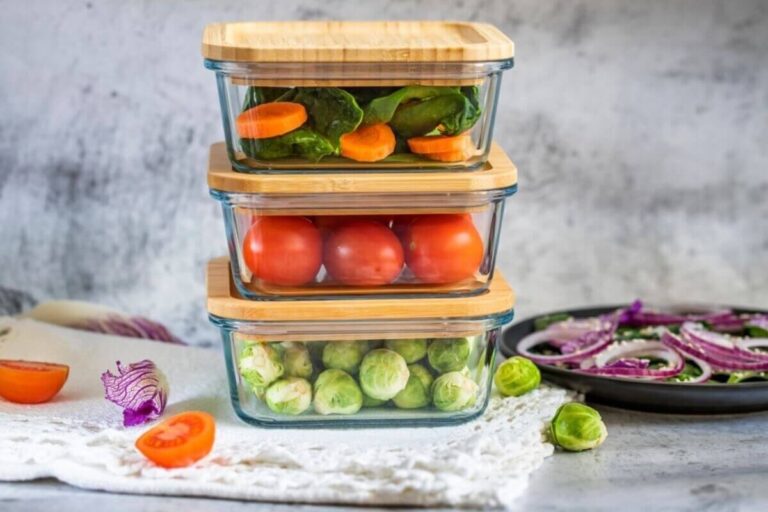We can to live longer, healthier lives, and stay mobile and independent in our old age by focusing on two simple things.
As we age, our bodies naturally experience a decline in muscle mass and strength. This condition is known as sarcopenia.
However, research shows that maintaining or increasing muscle mass can be the key to longevity and a healthier, happier life.
Studies show that muscle mass is positively associated with many health outcomes. These include a reduced risk of chronic diseases like type 2 diabetes, cardiovascular disease, and even some types of cancer.
Additionally, having more muscle mass has been linked to improved metabolic function, better bone density, and increased mobility and independence in older adults.
One study published in the Journal of Gerontology found that older adults who had the highest muscle mass had a 38% lower risk of all-cause mortality than those with the lowest muscle mass.
Another study published in the American Journal of Clinical Nutrition found that increasing muscle mass in older adults led to improvements in insulin sensitivity and blood sugar control.

So, how do we maintain or increase muscle mass as we age?
Resistance training is the most effective way to build and maintain muscle mass.
But it must be in combination with adequate protein intake.
Most of our aging population is highly sedentary, which only worsens muscle wasting. So getting on a regular resistance training regimen is a solid start.
But as we age, our ability to synthesize new proteins decreases, so increasing protein intake as you age is also a good idea.
There’s literature to support that healthy older adults should aim for 1-1.2g of protein per kilogram of body weight per day.
However, for almost everybody, I usually recommend a gram of protein per pound of body weight or desired body weight – because you can’t really 'over eat' protein.
It’s almost impossible to convert protein to fat, and unless you have kidney or digestive issues that a high protein diet would create complications for, I’d encourage you to go ham (pun intended).
But ultimately, I’d suggest trying something that feels right for you that you can maintain consistently.
Over the course of a month or more, try to assess any changes that may be occurring.
Visually, you may not see much of a difference right away, so it’s important to be in tune with how you feel.
Do you feel stronger?
Like you have more energy?
More mobile?
Generally in a better mood?
Are your clothes fitting any differently?
These are all things to consider when we’re making changes to our protein intake, especially under the lens of of improving our quality of life and maximizing our longevity.
All-in-all, muscle mass is the key to a longer, healthier, happier life.
By incorporating resistance training into your exercise routine, and maintaining adequate protein intake, you can maintain or increase our muscle mass and reap the many health benefits associated with it.
- Srikanthan, P., & Karlamangla, A. S. (2014). Muscle mass index as a predictor of longevity in older adults. The American Journal of Medicine, 127(6), 547-553.
- Kim, T. N., Park, M. S., Lim, K. I., Choi, H. Y., Yang, S. J., Yoo, H. J., … Lee, K. U. (2013). Skeletal muscle mass to visceral fat area ratio is associated with metabolic syndrome and arterial stiffness: The Korean Sarcopenic Obesity Study (KSOS). Diabetes Research and Clinical Practice, 101(2), 141-147.
- Peterson, M. D., Rhea, M. R., & Sen, A. (2010). Resistance exercise for muscular strength in older adults: a meta-analysis. Ageing Research Reviews, 9(3), 226-237.

